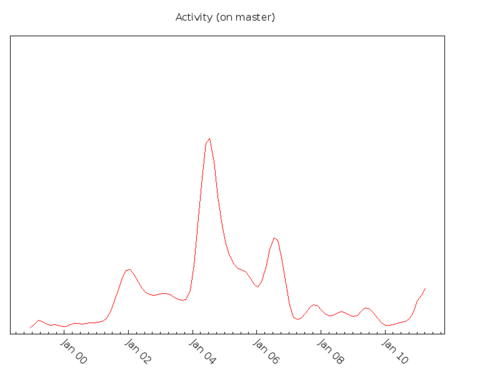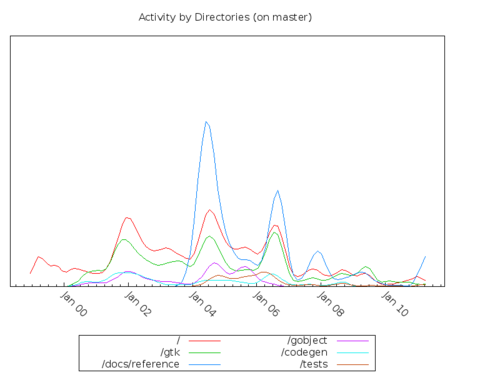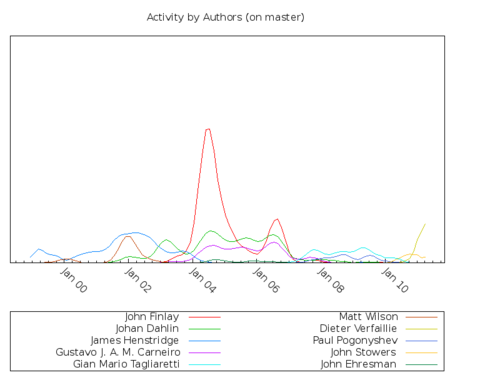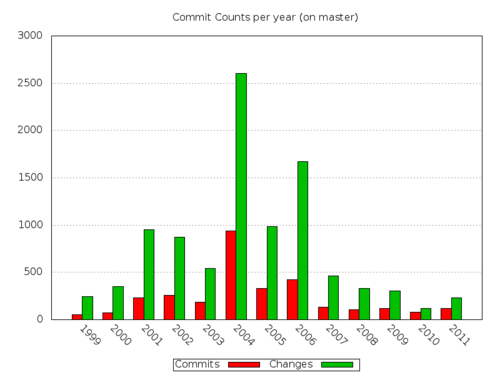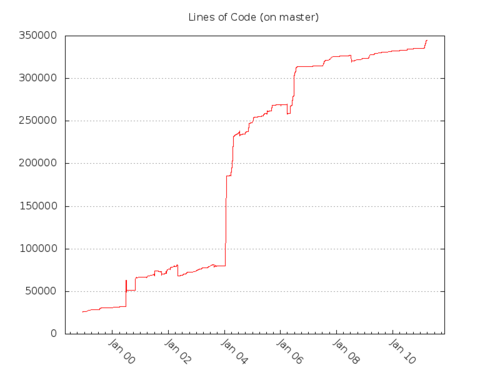End of an Era: PyGTK
I just released PyGTK 2.24, which will almost certainly be the last major PyGTK release. The future of Python on the GNOME platform is PyGObject + GObject Introspection. From my experience over the last few months porting a number of my projects, the future is bright.
In a cruel twist of irony, the state of PyGTK on Windows and Mac has never been better. The credit for the windows work (and some great documentation improvements this cycle) must go to Dieter Verfaillie
-
Mac improvements (all in one installer work) (bundling advice)
I hope that the new stack will reach the same level of capability on other platforms as GTK+ 2.24, but in the large scheme of things the renewed development excitement surrounding GTK+ 3.0 and GNOME 3 is excellent consolation.
As a user I would like to thank those developers before me for creating PyGTK. It was the first 'pythonic' UI toolkit for linux, and a pleasure to use. As the recent maintainer of PyGTK I would especially like to thank those recent developers who helped me, in particular Dieter Verfaillie who really pushed PyGTK over the line regarding Windows support, into the great state it is now.
I'll leave you with some graphical statistics (generated using pepper) for the 12 year history of PyGTK. If planet strips the wordpress gallery then please click here.
update: To clarify a point raised in the comments, PyGTK will be maintained in the exact same was as the GTK+-2.0 series will be maintained. Bug fix releases will be made if necessary, but no new features will be added. If you want the new GTK+-3.0 features then you should use PyGObject + GObject Introspection.
The PyGTK code will not disappear from any servers, it will continue to be shipped in all distributions for the forseeable future, it will continue to work very well on windows, and many applications will continue to use it.
